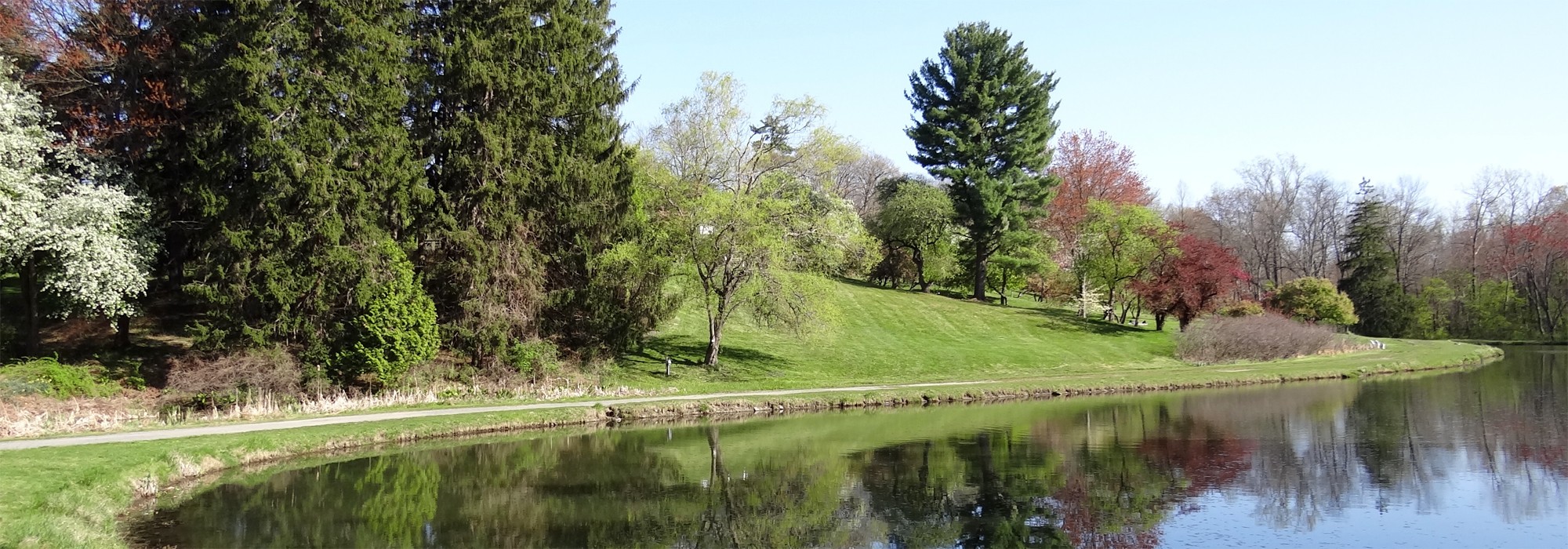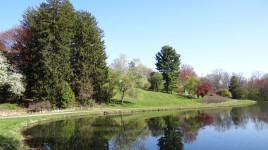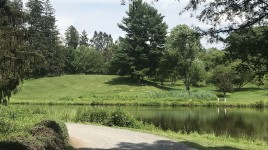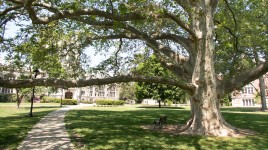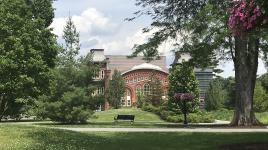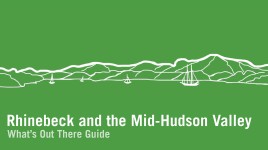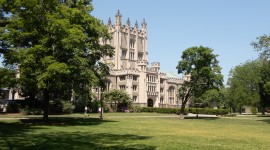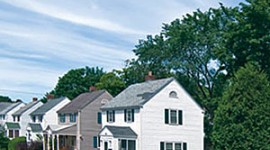Pioneer Information
Born in Belmont, Massachusetts, Underwood studied at Harvard University, graduating with an A.B. degree in 1897. From 1898 to 1899 he studied at Harvard’s Bussey Institution, and subsequently traveled to Europe, where he studied for a year at the atelier of Edouard André in Paris. Returning to the United States, he established an office in Boston, Massachusetts, designing private estates and gardens. Underwood lectured extensively and wrote articles and books, including The Garden and its Accessories (1907).
In 1909 he served as the landscape architect for the First Church of Christ, Scientist (now Christian Science Center) in Boston. Underwood was engaged by Vassar College in Poughkeepsie, New York, in 1911, where he established a skating pond (now Sunset Lake) and an outdoor amphitheater; he served as the College’s consulting landscape architect from 1915 to 1925. During World War I he was a member of the U.S. Fuel Administration and served as a town planner for the U.S. Housing Corporation’s Town Planning Division (USHC). While at USHC Underwood designed a wartime housing community in Bath, Maine, with Laurence Caldwell.
Throughout his career Underwood maintained ties to his hometown, where he served as Parks Commissioner from 1903 to 1920. In 1911 he designed greenhouses, a playground, and a pool in Belmont on land donated by his brother, Henry. Completed in 1912, Underwood Pool is regarded as one of the earliest municipal pools in the nation. In 1920 Underwood laid out a Belmont subdivision, Belmont Hills, and in 1928 designed Clay Pit Pond Park, also in Belmont.
Underwood became a Fellow of the American Society of Landscape Architects in 1912 and founded its Boston chapter in 1913. He served both as a director of the Massachusetts Horticulture Society and as a trustee of the Lowthorpe School of Landscape Architecture. Underwood passed away in 1930 and is buried in Evergreen Cemetery in Harwich, Massachusetts.



